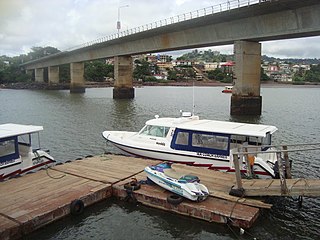
Freetown is the capital and largest city of Sierra Leone. It is a major port city on the Atlantic Ocean and is located in the Western Area of the country. Freetown is Sierra Leone's major urban, economic, financial, cultural, educational and political centre, as it is the seat of the Government of Sierra Leone. The population of Freetown was 1,055,964 at the 2015 census.
The Archdiocese of Freetown is a Latin Church ecclesiastical territory or diocese of the Catholic Church in Sierra Leone. Its episcopal see is the city of Freetown, the capital and most populous city of the African country. It is a metropolitan see with three suffragan dioceses in its ecclesiastical province.

The Catholic Church in Sierra Leone is part of the worldwide Catholic Church, under the spiritual leadership of the Pope in Rome.
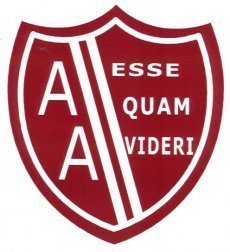
The Albert Academy (AA) is a secondary school in Freetown, Sierra Leone.
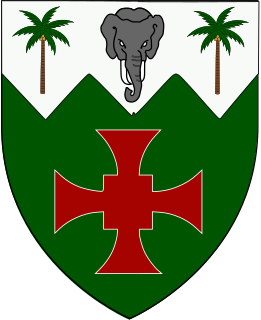
Fourah Bay College is a public university in the neighbourhood of Mount Aureol in Freetown, Sierra Leone. Founded on 18 February 1827, it is the first western-style university built in Sub-Saharan Africa and, furthermore, the first university-level institution in Africa. It is a constituent college of the University of Sierra Leone (USL) and was formerly affiliated with Durham University (1876–1967).
Waterloo is a city in the Western Area of Sierra Leone and the capital of the Western Area Rural District, which is one of the sixteen districts of Sierra Leone. Waterloo is located about twenty miles east of Freetown. Waterloo is the second largest city in the Western Area region of Sierra Leone, after Freetown. The city had a population of 34,079 in the 2004 census, and 55,000 as per a 2015 estimate. Waterloo is part of the Freetown metropolitan area.
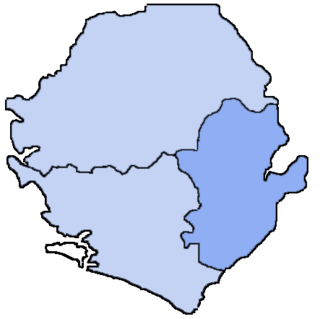
The Roman Catholic Diocese of Kenema is a diocese Catholic Church in the Ecclesiastical province of Freetown in Sierra Leone. The region that the Diocese comprises are the border from Bo District to the west, the Republic of Liberia in the southeast, Tonkolili District and Kono District in the north, Guinea in the east.

The Roman Catholic Diocese of Makeni is a diocese in the Ecclesiastical province of Freetown in Sierra Leone. The Cathedral is the Our Lady of Fatima Cathedral in Makeni.
Hastings is a town in the Western Area Rural District of Sierra Leone. The town had a population of 15,054 and lies approximately 15 miles east of Freetown, the capital of the country.

David George was an African-American Baptist preacher and a Black Loyalist from the American South who escaped to British lines in Savannah, Georgia; later he accepted transport to Nova Scotia and land there. He eventually resettled in Freetown, Sierra Leone where he would eventually die. With other slaves, George founded the Silver Bluff Baptist Church in South Carolina in 1775, the first black congregation in the present-day United States. He was later affiliated with the First African Baptist Church of Savannah, Georgia. After migration, he founded Baptist congregations in Nova Scotia and Freetown, Sierra Leone. George wrote an account of his life that is one of the most important early slave narratives.
Rawdon Street Methodist Church is a Methodist historical church in what was the historical Settler Town, Sierra Leone which is now known as Freetown, Sierra Leone. Rawdon Methodist was established by African American settlers in Sierra Leone who are known in Freetown as the 'Nova Scotian Settlers'. The first minister at the church was Joseph Brown; George Carrol (Carral) and Isom Gordon assisted him with running the church. Rawdon was supported built and supported by the Nova Scotians.

The Cotton Tree is a Ceiba pentandra, also known commonly as a kapok tree, a historic symbol of Freetown, the capital city of Sierra Leone. The Cotton Tree gained importance in 1792 when a group of formerly enslaved African Americans, who had gained their freedom by fighting for the British during the American War of Independence, settled the site of modern Freetown. These former Black Loyalist soldiers, also known as Black Nova Scotians, resettled in Sierra Leone and founded Freetown on March 11, 1792. The descendants of the Nova Scotian settlers form part of the Sierra Leone Creole ethnicity today.
Nicholas G.J. Ballanta (1893–1962) was a Sierra Leonean music scholar, composer and educator who conducted field research of the music of West Africa in the early 20th century. His education in European music influenced his musical compositions. The years he spent collecting indigenous African music prompted him to compose musical plays or operas set in African villages; his work combines elements from both African and European music.
The following is a timeline of the history of the city of Freetown, Sierra Leone.
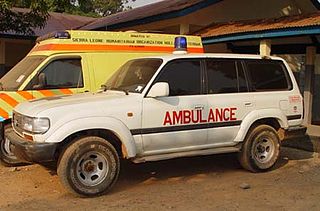
Healthcare in Sierra Leone is generally charged for and is provided by a mixture of government, private and non-governmental organizations (NGOs). There are over 100 NGOs operating in the health care sector in Sierra Leone. The Ministry of Health and Sanitation is responsible for organizing health care and after the end of the civil war the ministry changed to a decentralized structure of health provision to try to increase its coverage.
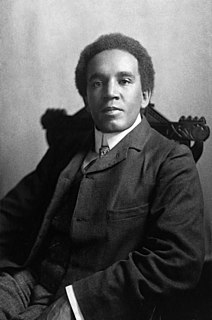
The Sierra Leone Creole people are an ethnic group of Sierra Leone. The Sierra Leone Creole people are descendants of freed African-American, Afro-Caribbean, and Liberated African slaves who settled in the Western Area of Sierra Leone between 1787 and about 1885. The colony was established by the British, supported by abolitionists, under the Sierra Leone Company as a place for freedmen. The settlers called their new settlement Freetown. Today, the Sierra Leone Creoles are 1.2 percent of the population of Sierra Leone.
The Anglican Diocese of Freetown is a diocese of the Church of the Province of West Africa, a member church of the worldwide Anglican Communion. The current diocese, along with the Anglican Diocese of Bo, was formed in 1981 by the partition of the previous Diocese of Sierra Leone, which had been established in 1852. The diocese of Sierra Leone, together with the dioceses of Niger, Accra, Lagos and the Diocese of Gambia and the River Pongas, had been formed, with some local resistance, into the Province of West Africa in 1951.
The Anglican Diocese of Guinea is one of 17 dioceses in the Church of the Province of West Africa and comprises the nation of Guinea. It was created in 1985 by the partition of the Diocese of Gambia and Guinea into the English-speaking Diocese of Gambia and the French-speaking Diocese of Guinea.
The Anglican Diocese of Bo is a diocese of the Church of the Province of West Africa, a member church of the worldwide Anglican Communion. Its partner diocese is Chichester, England.
The Church of the Holy Trinity or Holy Trinity Church or Trinity Church is an Anglican church located on Kissy Road in Freetown, Sierra Leone. The church was one of the most prestigious Anglican churches in Freetown alongside or after St. George's Cathedral, Freetown.









